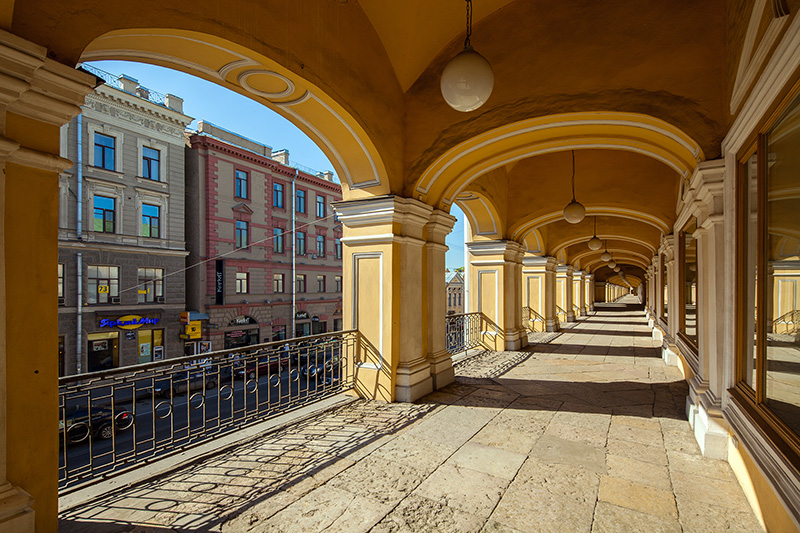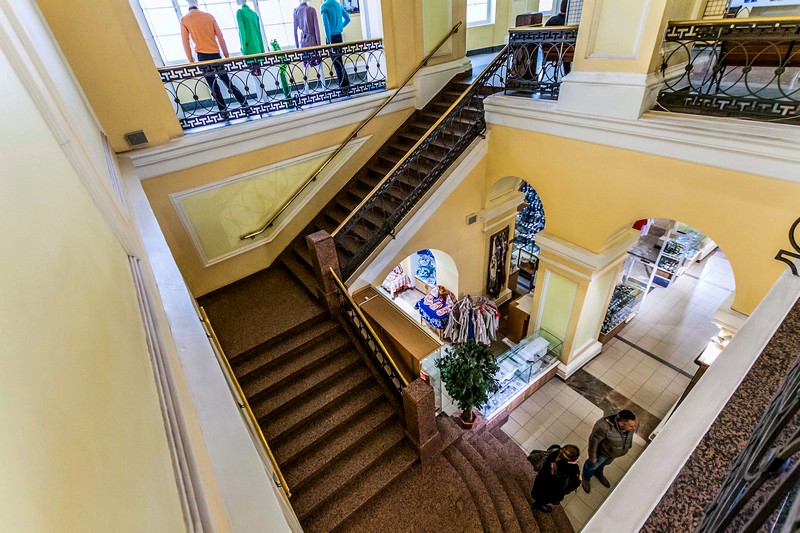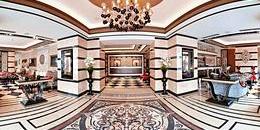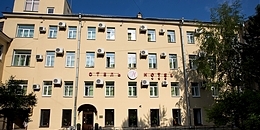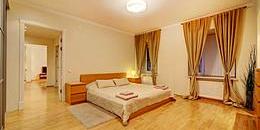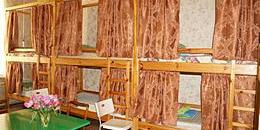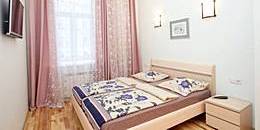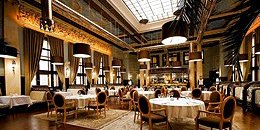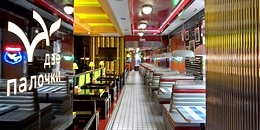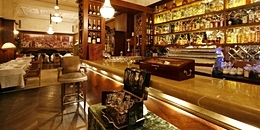Bolshoy Gostiny Dvor
A Gostiny Dvor ("Guests' Court" in translation) was once a feature of all large Russian towns. The Russian equivalent of an eastern bazaar, these buildings were retail points, warehouses, and living quarters for merchants arriving from far-flung corners of Russia and beyond. In St. Petersburg, Bolshoy Gostiny Dvor was the largest of several such buildings, many of which have survived to the present day.
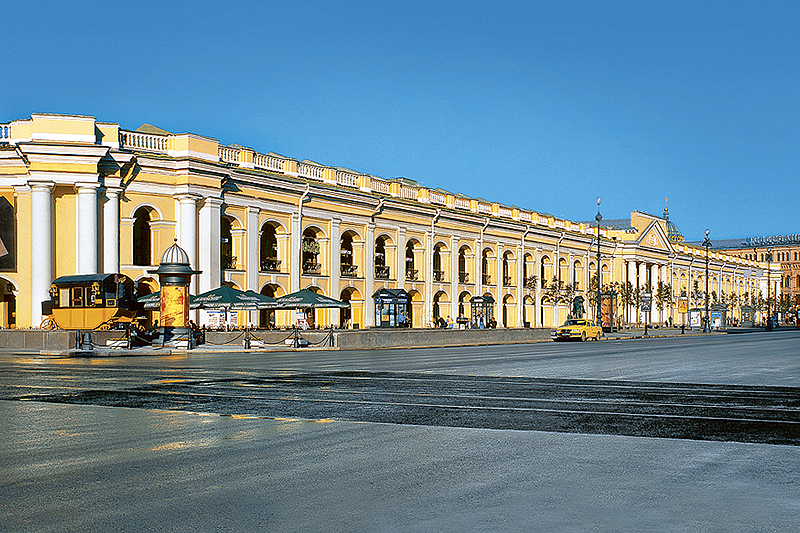
It was the idea of Empress Elizabeth to build a single, central arcade that would become the main trading site of the Russian imperial capital - the Bolshoy ("big") Gostiny Dvor. Several prominent architects presented their plans for the building during the 1750s, including Antonio Rinaldi and Bartoloemeo Rastrelli, but it was eventually early neoclassical designs by Jean-Baptiste Vallin de la Mothe that were chosen. Construction of the building took over twenty years, from 1761 to 1785.
The building is an irregular rectangle of two-storey arcades surrounding an inner courtyard, with porticoes at each external corner and a large central portico facing Nevsky Prospekt. The relative paucity of the building's decoration may in part have been due to financial considerations, as Rastrelli's ornate plans were rejected on considerations of cost. In 1887, the Nevsky Prospekt facade was significantly altered by Nikolay Benois, who added a dome above the central portico, and decorated the walls with plasterwork and statuary. This was removed during reconstruction after the Second World War, and the building was restored to the elegant simplicity of de la Mothe's designs.
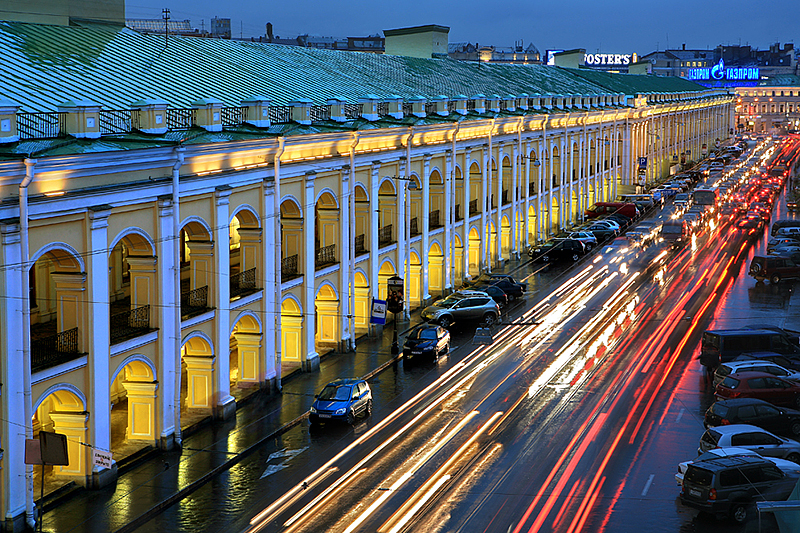
The original bazaar consisted of around 100 stores covering 53 000 square meters. Stores were divided into rows according to the type of produce, including cloth, furs, silver, shoes, etc. The external rows were for retail trade, while wholesale trade was conducted in the courtyard. The second floor was reserved for storage. Russian merchants traded in the Eastern manner, with touts to draw customers into their stores, and prices agreed through haggling. The latter custom gradually disappeared, however, as more and more European merchants, particularly Dutch, came to Gostiny Dvor, introducing the marking of all goods with fixed prices.
At the end of the 18th century, Giacomo Quarenghi was responsible for adding two auxiliary buildings to the west of the Bolshoy Gostiny Dvor on Dumskaya Ulitsa - the Perinnye Ryady ("Feather rows"), where only women traded, and the Maly ("Small") Gostiny Dvor, which specialized in the sale of furniture. The former building was demolished during construction of Nevsky Prospekt and then reconstructed 2000-2002.
After the October Revolution, the Bolshoy Gostiny Dvor was left boarded up for several years and then severely damaged in bombing during the Second World War. Restored and reconstructed from 1945 to 1955, the building was transformed from 178 separate stores into one large department store with the removal of its internal walls. Bolshoy Gostiny Dvor now has 15 000 square meters of retail space occupied by 122 different departments, and is still St. Petersburg's main department store, the first place to look for anything from knitting needles to party supplies.
| Address: | 35, Nevsky Prospekt |
|---|---|
| Metro: | Gostiny Dvor |
| Getting there: | The entrance to Gostiny Dvor Metro Station is housed within the Bolshoy Gostiny Dvor building. |
| What's nearby? | Sadovaya Ulitsa, Catholic Church of St. Catherine, Vorontsov Palace, Russian National Library Building, Maly Gostiny Dvor, Apraksin Dvor, Tower of the former City Duma Building, Armenian Apostolic Church of St. Catherine, Siberian Merchant Bank Building, Passazh |

